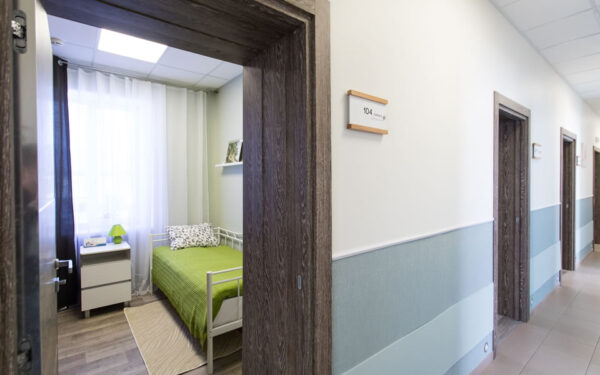National Occupancy and Payor Mix Trends in Nursing Facilities
By Thomas Moore, Supervisor, Advisory Services
As a result of the COVID-19 pandemic, nursing facilities have experienced an unprecedented decline in occupancy as well as negative payor mix trends in every region of the country. Between 2019 and 2021, nursing facilities in the United States saw more than a 10% decrease in occupancy. In the same time frame, nursing facilities have seen an increase in both Medicaid and Medicare payor mix, while other payor mixes have decreased.
Marcum has compiled a database sampling close to 15,000 nursing facilities across all regions of the country. Below is a preview of occupancy outcomes for the 2019 through 2021 data due to be released in the early first quarter of our Nursing Home Benchmark Analysis.
Occupancy Trends from 2019 through 2021:
- In the Northeast region, overall occupancy decreased by 12.04%.
- The Southwest region saw the lowest average occupancy percentage at 58.70%.
- The Rocky Mountain region saw the lowest decrease in occupancy, with a decline of 7.88%.
Payor Mix Trends from 2019 through 2021:
- Medicare payor mix percentage increased 1.3% nationally. The largest increase was 2.63% in the Northeast region.
- Medicaid payor mix percentage increased 1.07% nationally. The largest increase was 3.38% in the Northeast region.
- The Rocky Mountain region saw the lowest overall decrease in other payor mix percentages, declining only 0.57%.
These trends coupled with runaway inflation make operating a nursing facility a far more difficult task. Struggling to keep buildings full and relying more heavily on governmental payor sources rather than private ones (which pay higher rates) makes turning a profit a challenge. However, with the pandemic winding down there is a silverlining. We have seen over the 2022 year a consent increase in the overall occupancy rates of providers and are optimistic these trends will help providers through their continued recovery.






